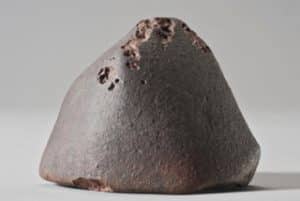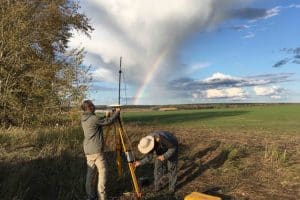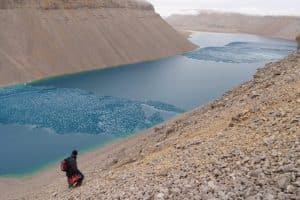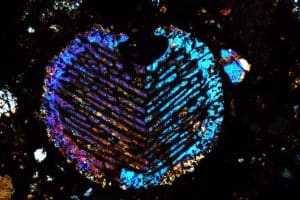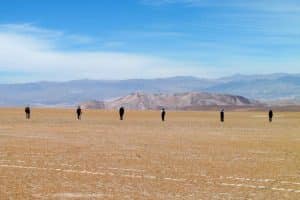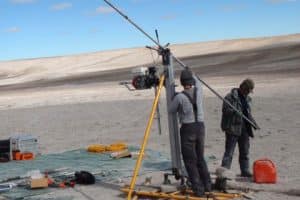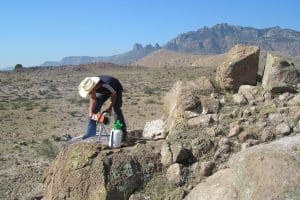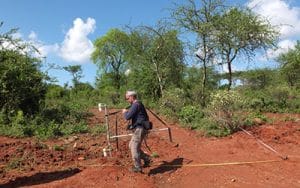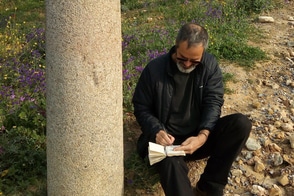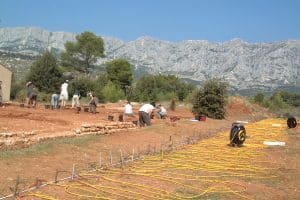Planetology and Magnetism
Studying the bodies of the solar system to understand its history
Our group is interested in the solid bodies of the solar system: small bodies (asteroids), planets (Mars, Earth) and their satellites (Moon).
Our research activities range from the formation of these bodies in the protoplanetary disc 4.5 billion years ago, through the evolution of small bodies (water alteration, thermal metamorphism, internal structure) to recent phenomena (impacts on planetary surfaces: craters and associated ejecta).
We use various tools to read the history of the solar system recorded in meteorites, micrometeorites, planetary surfaces and their impact structures: field geophysics, palaeomagnetism, isotope geochemistry (oxygen isotopes, cosmogenic nuclides), geology, petrography, mineralogy and geochemistry.
These activities are part of the ORIGINES institute, which aims to federate the activities of researchers from different AMU laboratories around interdisciplinary projects. The Earth and Planets team also houses a major collection of meteorites, micrometeorites and impactites (tektites, etc.).
Characterise the temporal and spatial variations of the Earth's magnetic field
This line of research is interested in the spatial and temporal fluctuations of the Earth's magnetic field (CMT) in order to understand their origins. This involves paleo and archaeo-magnetic studies (in direction and intensity) of lava flows, archaeological terracotta and sedimentary series.
Understanding the functioning of geodynamics requires a detailed description of the temporal and spatial variations of the Earth's magnetic field. We characterise these variations on several scales: from one month to one thousand years, from samples to lithospheric sources.
Our recent work focuses on :
- the palaeomagnetic and archaeomagnetic study of samples from areas that are poorly represented in global databases
- high resolution of the secular variation in CMT over the last million years by coupling palaeomagnetism and 10Be concentration in sediment cores
- study of the magnetic properties of rock and sediment samples: archaeological (ancient granite column shafts) and geological (magnetostratigraphy) applications
- numerical geological modelling based on magnetic field data and magnetic measurements on samples
- geophysical prospecting on archaeological and/or geological sites
- studying the influence of thermodynamic conditions on the magnetisation of rocks: a unique experiment involving the measurement of samples under crustal pressure
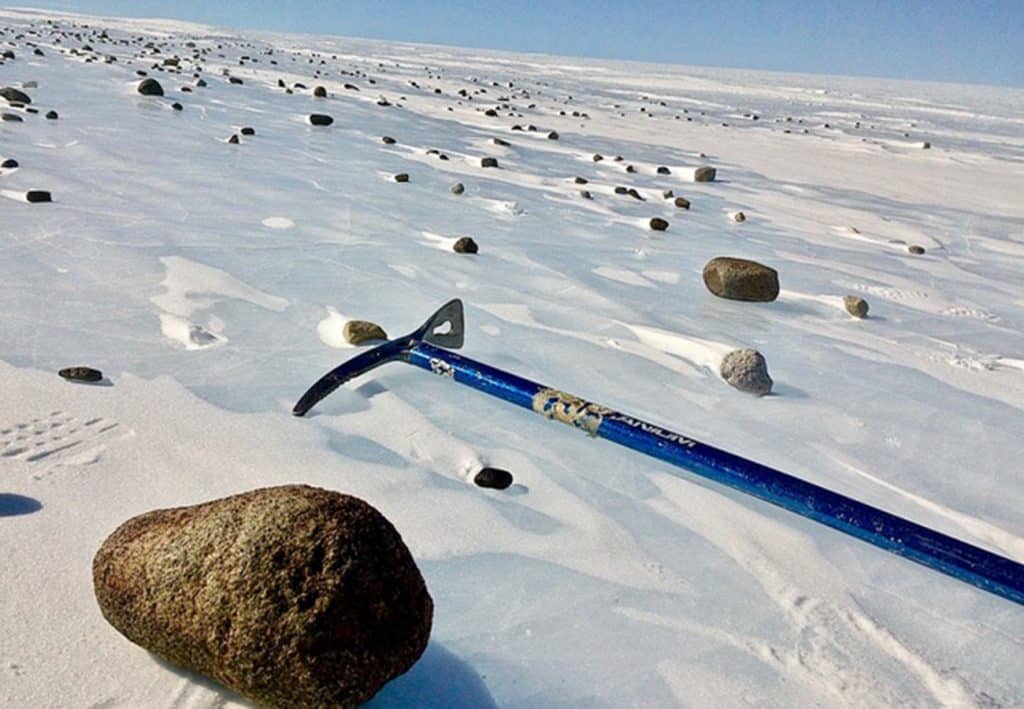
Projects
2021-2025 : ET-Megafires (ANR, Rochette) Tropical megafires generated by impacts of tectite-producing asteroids in the Quaternary
2023-2026 : EXOMIOLE (A*MIDEX, Quesnel) Exogenic Matter, Impacts and the Origins of Life on Earth Study of the role of impacts of small planetary bodies on the Earth's surface and the origin of life.
2021-2023 : FAMES (Marie Sklodwoska-Curie, Maurel) Fundamentals and applications of extraterrestrial magnetism
2021-2021: Cosmoflux (CNRS, Gattacceca) Meteorite flux to the Earth
2016-2021 : MARSPRIME (ANR, Rochette) March Primitive Environment
2022-2026 : e-Diamond (Equipex+, Gattacceca) Development at CEREGE of a magnetic microscopy system (Quantum Diamond Microscope) for applications in the study of extraterrestrial rocks
2021-2024 : Geoimpact (CNES, Quesnel) Geophysical and morphological study of terrestrial impact structures
2021-2022: (Municipality of Martigues, Rochette) Petrographic studies of protohistoric sculptures discovered around the Etang de Berre
2020-2021 : VSM (Metropole, Rochette) Purchase Vibrating Sample Magnetometer
2020-2021 : FCGM (Arkaia, Rochette) Granite column shafts: markers of trade in the western Mediterranean from antiquity to the modern era


